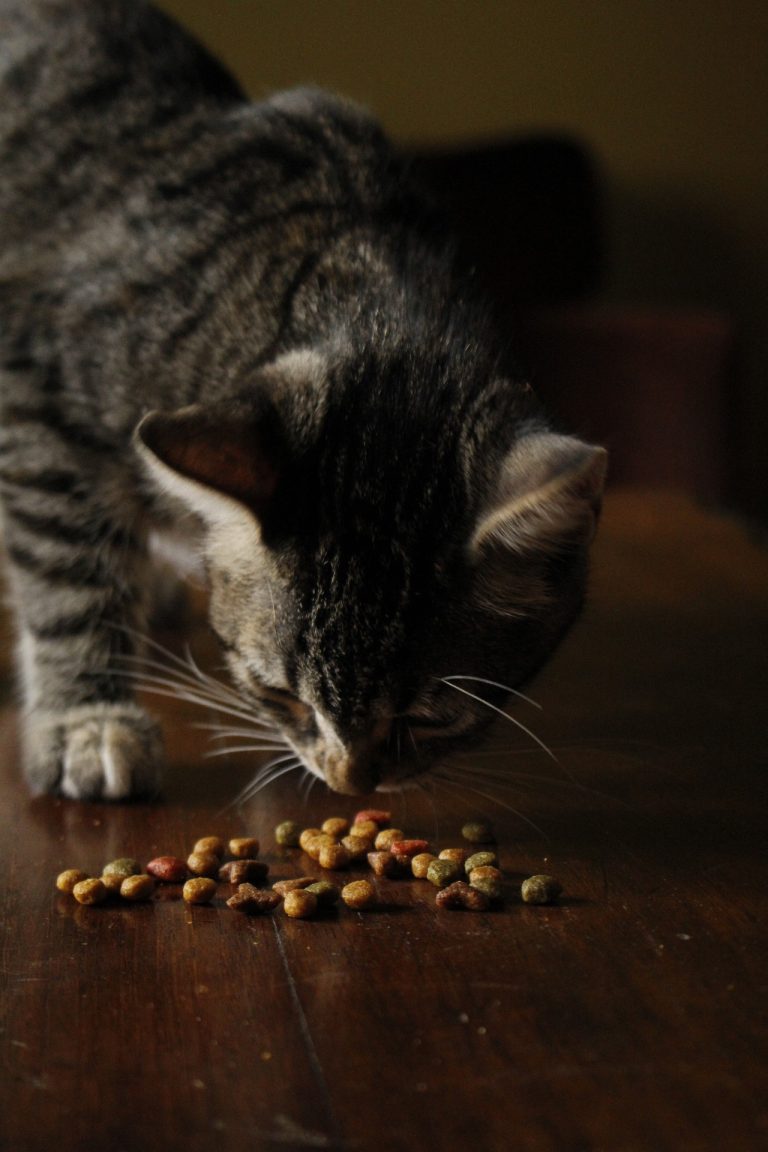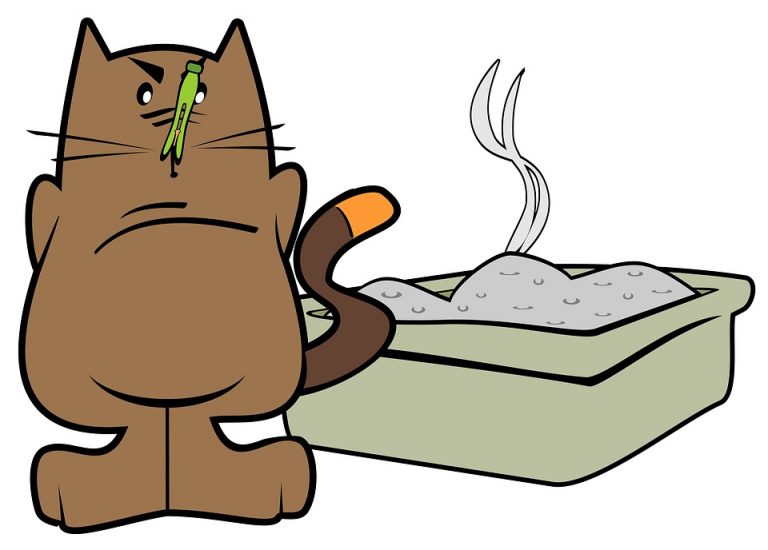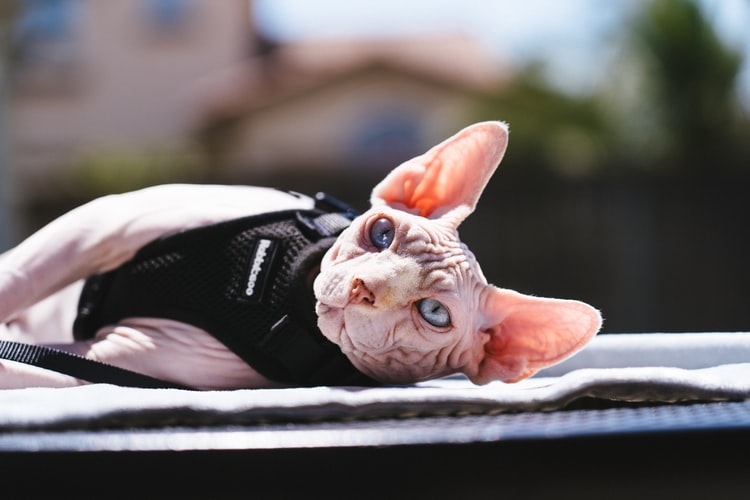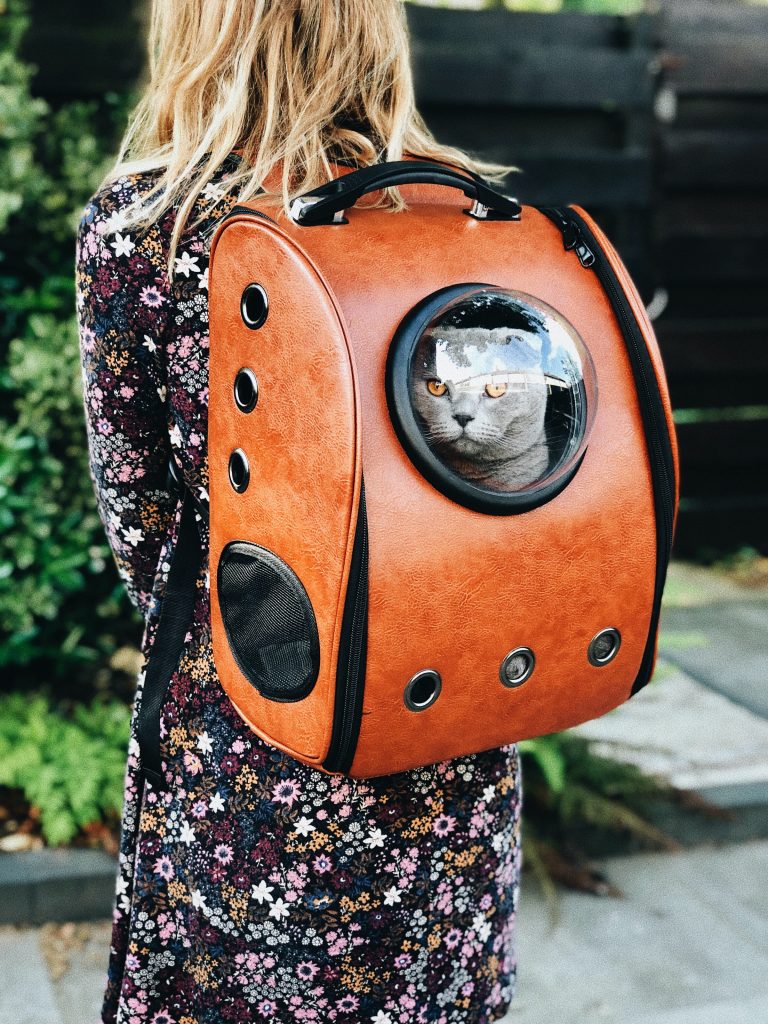A Comprehensive Guide to Cat Brushes: Grooming Essentials for a Healthy Feline Coat
Regular grooming is an essential part of caring for your cat’s overall well-being. Not only does it keep their coat clean and tangle-free, but it also promotes healthy skin and strengthens the bond between you and your feline companion. In this comprehensive guide, we will explore the world of cat brushes and provide valuable insights into the different types available, their unique benefits, and how to choose the right one for your cat’s specific coat type. Get ready to dive into the world of grooming essentials and learn how to keep your cat’s coat looking and feeling its best.
Why Grooming Matters :
Grooming plays a vital role in maintaining a cat’s health and appearance. Here’s why it matters:
a. Coat Health: Regular brushing helps remove loose hair, preventing it from forming hairballs when ingested. It also stimulates the production of natural oils, keeping the coat moisturized and reducing the risk of dry skin and dandruff.
b. Bonding Time: Grooming sessions provide an excellent opportunity for bonding with your cat. The physical contact and gentle grooming actions can help build trust and strengthen your relationship.
c. Early Detection of Issues: While grooming, you can examine your cat’s skin for any abnormalities, such as lumps, rashes, or parasites. Early detection allows for timely veterinary intervention if necessary.
Types of Cat Brushes :
There is a wide variety of cat brushes available, each designed for specific purposes. Here are the most common types:
a. Slicker Brushes: Ideal for removing loose hair and detangling mats, slicker brushes feature fine wire bristles that reach deep into the coat. They work well on medium to long-haired cats.
b. Bristle Brushes: These brushes have soft, natural bristles that are suitable for all coat lengths. Bristle brushes help distribute natural oils and remove surface debris, giving the coat a healthy sheen.
c. Comb-Style Brushes: Combs are excellent for removing tangles and mats in long-haired cats. They have wide-spaced teeth and work best when combined with other brushes.
d. Rubber Brushes: Made of soft rubber, these brushes are gentle on the skin and ideal for short-haired cats. They help remove loose hair and stimulate circulation while providing a massaging effect.
e. Deshedding Tools: These specialized brushes are designed to remove loose hair from the undercoat of cats with thick fur. Deshedding tools are particularly useful during shedding seasons.
Choosing the Right Brush :
Selecting the right brush depends on your cat’s coat type and grooming needs. Consider the following factors:
a. Coat Length: Cats with short coats require brushes that are gentle and won’t irritate the skin. Long-haired cats, on the other hand, benefit from brushes that can detangle and prevent mat formation.
b. Coat Density: If your cat has a thick or double coat, opt for brushes specifically designed for deshedding. These brushes effectively remove loose hair from the undercoat.
c. Sensitivity: Some cats are more sensitive to grooming than others. If your cat is easily agitated, choose brushes with softer bristles or consider using grooming gloves or mitts.
d. Comfortable Grip: Look for brushes with ergonomic handles that provide a comfortable grip. This will make grooming sessions more enjoyable for both you and your cat.
Grooming Techniques and Tips :
To ensure effective and stress-free grooming sessions, follow these essential techniques and tips:
a. Start Slowly: If your cat is not accustomed to grooming, introduce the brush gradually. Begin with short sessions and gradually increase the duration as your cat becomes more comfortable.
b. Brush in the Direction of Hair Growth: Brushing in the direction of hair growth helps prevent discomfort and minimizes pulling or tugging on the coat.
c. Be Gentle: Use gentle, light strokes to avoid causing any discomfort or pain. Pay attention to sensitive areas such as the belly, tail base, and armpits.
d. Reward and Praise: Positive reinforcement goes a long way in making grooming a positive experience for your cat. Offer treats, praise, and gentle petting to reward good behavior during grooming sessions.
e. Regularity: Establish a grooming routine that suits your cat’s needs. Regular brushing not only keeps the coat healthy but also reduces shedding and the formation of mats.
Additional Grooming Considerations :
While brushing is a fundamental aspect of cat grooming, there are a few additional considerations to keep in mind:
a. Nail Trimming: Regular nail trims prevent overgrowth, discomfort, and potential injury. Use cat-specific nail clippers or seek professional help if you’re unsure.
b. Ear Cleaning: Cats with excessive earwax or dirty ears may require occasional cleaning. Use a veterinarian-approved ear cleaner and gently wipe the visible areas of the ear with a cotton ball or pad.
c. Dental Care: Maintaining good dental hygiene is essential for your cat’s overall health. Consider using cat-friendly toothbrushes and toothpaste to keep their teeth clean and gums healthy.
Conclusion :
Investing time and effort in proper grooming practices, including the use of suitable cat brushes, is essential for maintaining a healthy and beautiful coat for your feline friend. By understanding the different types of brushes, considering your cat’s coat type and needs, and following the right techniques, you can ensure grooming sessions are enjoyable and beneficial for both you and your cat. Regular grooming not only keeps your cat looking their best but also contributes to their overall well-being and strengthens the bond between you and your beloved companion.






